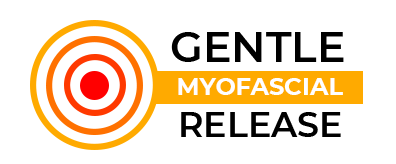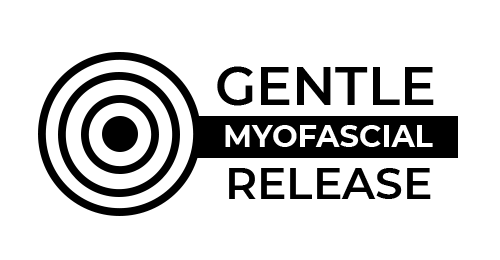As someone who’s spent years in the field of myofascial release, I’ve seen just how common headaches are. So many of us live with that throbbing, pounding sensation and the all-too-familiar tension behind the eyes, temples, or neck. What most people don’t realize, though, is that chronic headaches are often connected to the health of their fascia—the connective tissue that runs throughout our bodies. Myofascial release for headaches has become one of my favorite ways to help people find lasting relief without needing constant medications or temporary fixes.
The Fascia-Headache Connection
Fascia is a complex, web-like tissue that covers and connects everything in our bodies, from muscles to nerves to organs. When it’s healthy, fascia is fluid and flexible, allowing us to move easily and without discomfort. But with stress, poor posture, or repetitive movements, the fascia can become tight and restricted. Over time, this tension can lead to a buildup of pressure around sensitive areas, especially around the neck, shoulders, and head. The result? Chronic headaches that can sometimes feel inescapable.
I started using myofascial release techniques on clients with chronic headaches when I noticed a common theme: they almost always had tightness in the fascia around their shoulders, neck, and upper back. As we worked on these areas, their headache frequency and intensity started to decrease, and many reported feeling more relaxed and clear-headed.
How Myofascial Release for Headaches Works
The beauty of myofascial release is that it’s both gentle and deeply effective. Here’s how it works for headaches specifically:
- Targeting Fascia in the Neck and Shoulders: Often, the source of headache pain lies in tight, restricted fascia around the neck and shoulders. Myofascial release focuses on these areas, loosening the fascia so that blood flow can improve and tension can decrease. As this area opens up, the whole head feels lighter and freer.
- Relieving Tension in the Scalp and Jaw: For people who grind their teeth or clench their jaw, there’s usually tightness in the fascia around the scalp and face. This tension can contribute to tension headaches and migraines. Gently releasing these areas can bring about a surprising amount of relief.
- Restoring Balance: Headaches often go hand-in-hand with poor posture. When fascia becomes restricted, it affects alignment, putting strain on muscles and nerves. Through myofascial release, we’re able to gradually restore balance and alignment to the body, which means fewer headaches and less discomfort over time.
My Personal Experience with Clients
I’ve had clients who have struggled with headaches for years, sometimes even decades. Many came to me after trying everything from medications to massages to lifestyle changes, hoping to avoid living in discomfort. When we started myofascial release, they were often surprised at how quickly they felt relief.
One client, in particular, stands out. She came to me with severe migraines that kept her out of work several days a week. After a few sessions focusing on her neck and shoulder fascia, her migraines went from being debilitating to rare. By gently releasing the tension in her upper body, we allowed her whole system to breathe and function better.
Why Myofascial Release is Different
Unlike some therapies, myofascial release doesn’t just treat symptoms temporarily. It addresses the underlying tension patterns that are causing headaches in the first place. Many treatments focus on quick fixes, but myofascial release works on a deeper level, providing relief that lasts because it’s rooted in the body’s natural healing processes.
This approach also empowers you to take control of your headache pain. Through self-myofascial release techniques, you can continue to address tension on your own between sessions. Many of my clients find that incorporating these practices into their routines means they don’t have to rely on painkillers or live in constant discomfort.
Taking the First Step
If you’ve been living with chronic headaches and haven’t found lasting relief, I highly recommend giving myofascial release a try. It’s a gentle, natural approach that works with the body instead of against it.
For anyone ready to explore myofascial release for headaches, the journey toward relief is as simple as finding the areas of restriction and gently releasing them. Over time, you’ll find that not only do the headaches improve, but you’ll feel better throughout your entire body. After years of helping clients with headaches, I can confidently say that myofascial release has been one of the most effective tools I’ve used to help people feel better, naturally and holistically.



